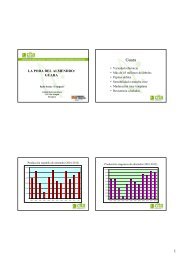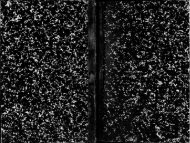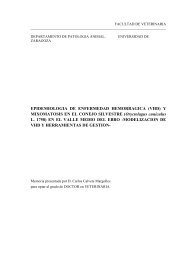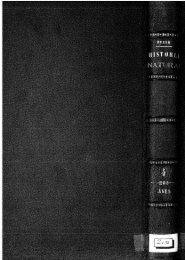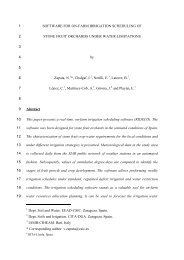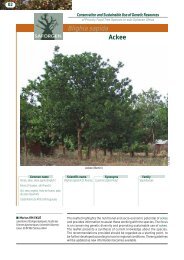1 A Recursive Dynamic Computable General Equilibrium Model For ...
1 A Recursive Dynamic Computable General Equilibrium Model For ...
1 A Recursive Dynamic Computable General Equilibrium Model For ...
You also want an ePaper? Increase the reach of your titles
YUMPU automatically turns print PDFs into web optimized ePapers that Google loves.
industries. This assumption implies that if a difference in purchasing prices exists across<br />
users, this is entirely due to the differences in the sales tax and margin costs. Since constant<br />
returns to scale are assumed, the per unit cost and per unit revenue are independent of<br />
output level, being influenced only by the level of technology and the prices of<br />
commodities. With the above assumptions, the basic prices per unit of industry output<br />
equals the total payment for the inputs needed to produce one unit of output.<br />
1.1.7. Market Clearing Equations<br />
<strong>For</strong> domestically produced commodities, the total supply is driven by the sum of<br />
demands for (i) intermediate inputs to current production; (ii) capital creation; (iii)<br />
households’ consumption; (iv) exports (v) government purchases; and for (vi) margin<br />
services.<br />
Over the last 15-20 years, with significant developments in computational power the<br />
ORANI-G model has evolved in terms of its complexity whilst retaining a high degree of<br />
flexibility. Indeed, the standard data resembles quite closely input-output (IO) national<br />
accounts, which makes the model accessible to those researchers interested in building<br />
their own CGE characterisations. Moreover, the model structure can be relatively easily<br />
modified (with sufficient knowledge of the underlying microeconomics and programming<br />
language) to incorporate additional modelling features.<br />
In the next sections, this report divides the main extensions to the model into key<br />
areas:<br />
i. The modelling of energy demands in the production and final demand nests for<br />
examining the growing importance of biofuels usage.<br />
ii. The increase in the final demand user accounts to include tourism and NGO demands,<br />
as well as the disaggregation of private households to allow the modeller to examine the<br />
distributive impacts of agricultural policy<br />
iii. Characterisation of labour and capital usage in agricultural/non-agricultural sectors.<br />
iv. Explicit modelling of primary agriculture to characterise the vagaries of agricultural<br />
output, factor and input markets.<br />
v. The recursive dynamic treatment of investment<br />
vi. Real wage adjustments to employment.<br />
vii. The fiscal extension of national government and the proportional link between<br />
disposable household income and household consumption<br />
viii. The closure in the dynamic ORANI-DYN model<br />
2. Production nests in ORANI-DYN<br />
The major modification which has been made to the nesting structure for each<br />
industry is the modelling of energy demands (see Figure 4). The structure of the production<br />
10



